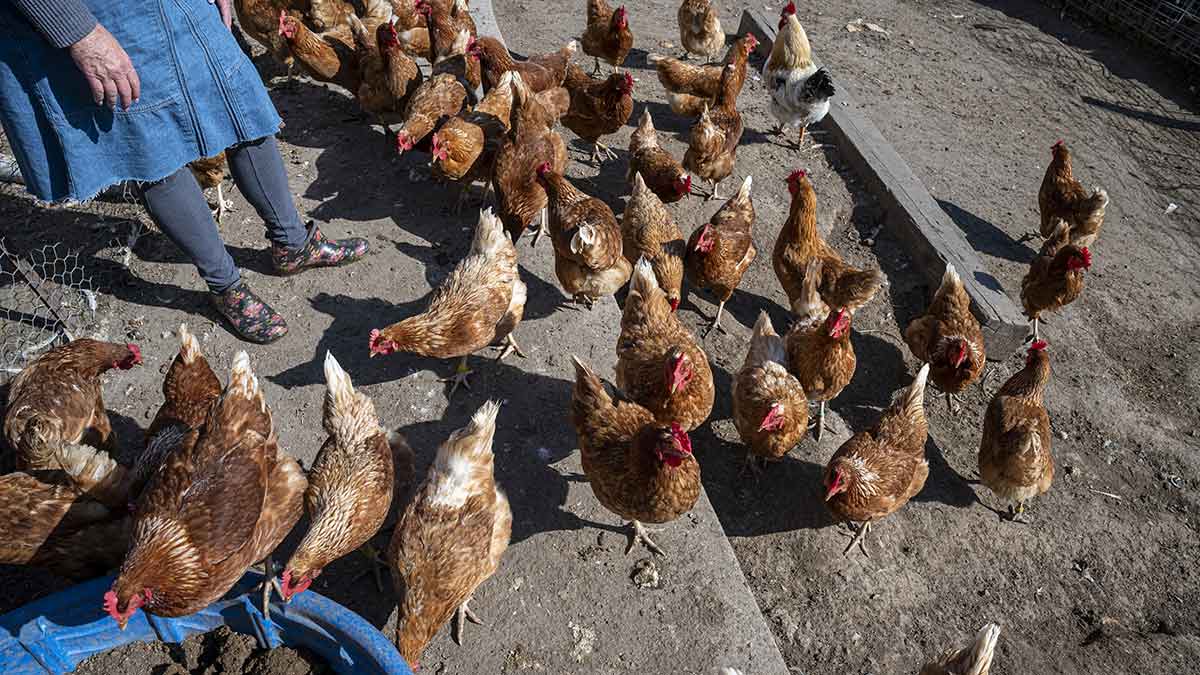
The percentage of people who had the virus and died from it in the 1997 outbreak in Asia may sound frightening. But in that outbreak and other outbreaks with high fatality rates, severe or deadly symptoms have occurred primarily in those who lived in close proximity to domestic birds and had limited access to medical care, Schaffner says.
Generally, people in the U.S. don’t need to worry about getting infected right now, Topham says. The documented infections in people here so far “are very isolated cases and usually with circumstances where we can identify that there’s been intense exposure, very close contact, or repeated contact,” he notes.
Most U.S. infections have been mild, with eye redness the predominant symptom. Some people have also reported fever, coughing, and congestion. Mild cases usually last a few days to less than two weeks, according to the CDC, while moderate to severe cases may cause high fever, shortness of breath, confusion, and seizures, and symptoms may take a couple of weeks to subside
Are some people more susceptible? We’ve long known that young children, adults older than 65, immunocompromised people, and those with underlying health conditions are at higher risk for seasonal flu. If bird flu were to shift, and start to spread more easily among people, it’s likely the same factors would be associated with higher risks for severe illness.









